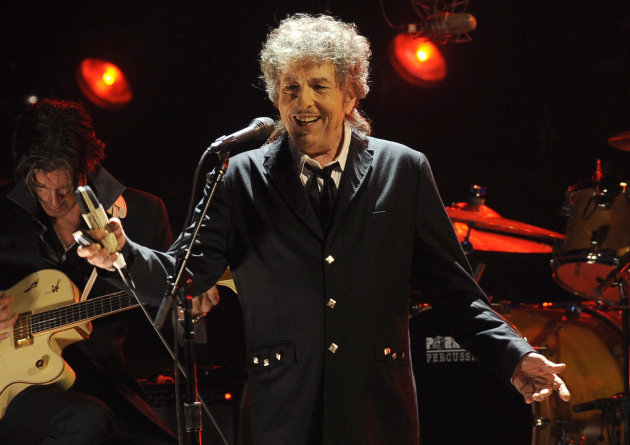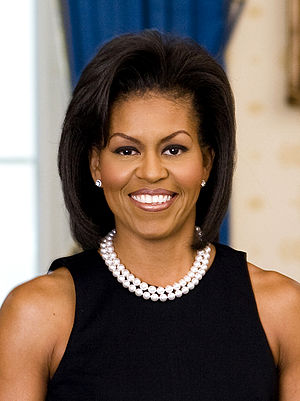 |
| Cover of Twiggy |
It has become something of a cliche, but there is truth in the quip that the sixties didn't start until 1963.
It's as though the decade didn't realise it was a thing until it was a third of the way through, and then set about inventing itself with a gusto of unparalleled social and creative change.
But if there are three things that spring to the western mind at the mention of the word "sixties", they are probably music, politics and fashion.
Women's fashion took some interesting steps from a glamorous 1950s vibe to the full-blown flower-power look, even though the latter was by no means adopted by everyone.
In fact, the sixties was a bit of a fashion watershed, before which people tended to dress the more or less the same as each other, but which signalled the birth of the fractured subcultures we see today, when people can wear a wide range of clothing (preferably not at the same time) but still be seen as fashionable.
Take dresses, for example. A dress from 1962 or even later is barely indistinguishable from what, say, Doris Day might have worn, or an actress playing opposite Cary Grant or James Stuart in a Hitchcock thriller.
As the decade progresses, however, we can see an evolution as they got shorter, simpler and closer to what we now associate with the 60s look - think Twiggy, Jean Shrimpton and their ilk - more stripes and spots than flowers and tie-dye.
It's strange to think that before the mini dress there had been no real equivalent in the world of fashion.
You'd have to go back to the Romans to find anything approaching it, although the flappers of the 1920s came as close as they dared (and of course, the parallels between the attitudes of the two post-war eras have a lot in common).
But now the genie is out of the bottle, it can't be put back and the short sixties-style dress is part of the grammar of women's fashion, gracing catwalk, street and nightspot. And why not? It's fun, it's liberated and it's perpetually chic.
Modern interpretations of the 60s dress are fine and occasionally dandy, but for the truly authentic look you have to go to source, and that means donning your kinky boots and heading down to your local vintage clothing store (or one of their superb online outlets).
A pre-loved example will have a definite authentic feel to it thanks to the craftsmanship, materials, patterns and cuts that a new off-the-peg garment could never match.
Inevitably when you start browsing through the selection, you'll wonder what stories the dress could tell you about its 60s life - although you'll probably want one that didn't end up grass-stained by too many festivals and summers of love.
Vintage clothing such as 60s dresses are always sought after and command good prices, so Jack suggests browsing retro clothing stores online and on the high street to find a great deal. The higher quality vintage clothing stores usually stock a good selection as well as accessories and other garments too.
Article Source: http://EzineArticles.com/?expert=Jack_Curtis
http://EzineArticles.com/?1960s-Dresses---Youll-Never-Go-Back&id=7570774



